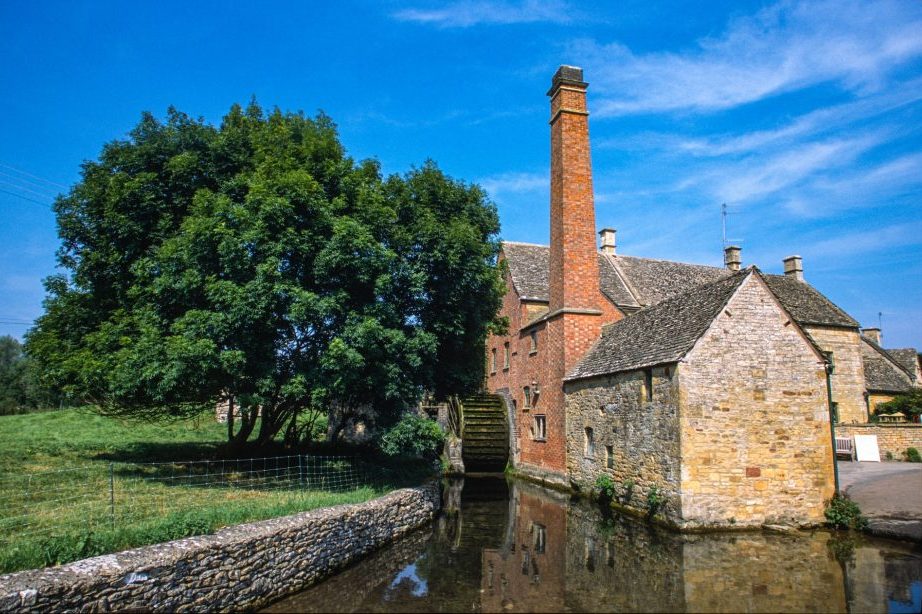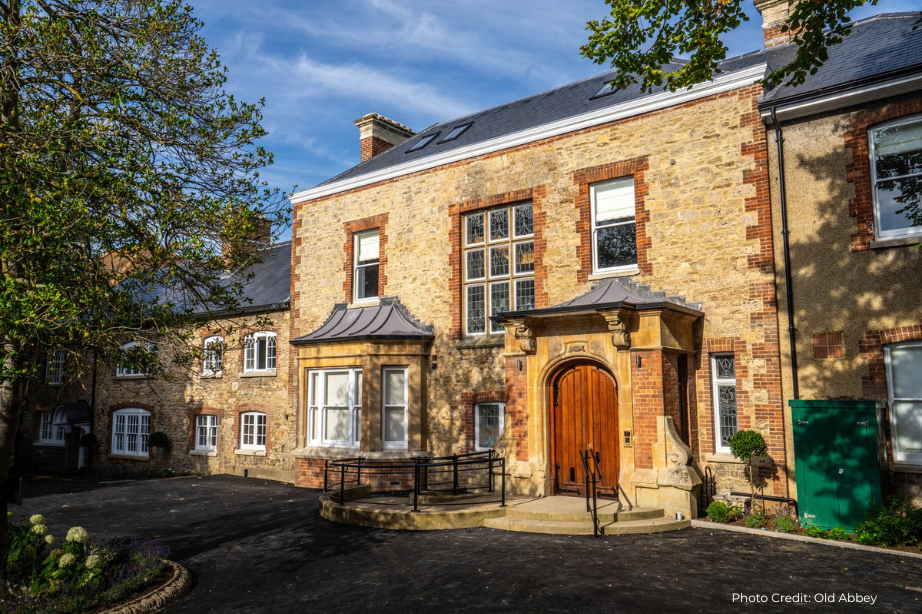Project Description
Checking the strength of the beams for radiant heaters at The Church of St John the Baptist, Burford
The church of St John the Baptist can be found in the heart of Burford in Oxfordshire and is a Grade 1* listed building. It is one of the UK’s most visited churches in the country, welcoming over 100,000 visitors each year.
The church was built between 1175 and 1500, and probably replaced an earlier church. The earliest work on the church, still with the original wood and ironwork, be found on the West Door. The tower also dates from this period, although it was much smaller then as the spire came later in the fifteenth century.
Little has changed in the last 500 years with the exception of modern adaptations including a small kitchen, toilet facilities, improved lighting, and then need for some additional heating and this is why The Church of St John the Baptist came to SWJ Consulting.
The Church needed to find out whether the two beams in the Our Lady Chapel could take the additional weight of the radiant halo heaters that they had been advised must sit 4.3m above the floor.
They had previously had a survey completed of the building but it wasn’t quite accurate enough to measure the beam sizes, so arranged for a 4m tower to be erected to allow us to take the necessary measurements.
The subsequent structural analysis concluded that there was sufficient capacity in the bottom chord of the roof trusses to support the weight of the halo heaters. Our recommended installation method involved securing the heaters by looping a strap over and around the bottom chord of the truss, which is considered a suitable approach.
While we were completing the structural analysis for the halo heaters, we were also asked about the feasibility of adding solar panels (PV panels) on the roof of the side chapel. We measured the rafters and purlins so we could model the existing roof structure to see if it could bear the weight of a ballasted or positively fixed PV system in conjunction with the additional radiant panel heaters.
Our analysis established the purlins and rafters were nearing their deflection limits, but the purlins were the weakest link in the chain, therefore the addition of PV panels wasn’t feasible without additional strengthening works.
SWJ advised against adding any further load to the rooftop and not to undertake any strengthening works to support the solar panels because of the historical significance of the building and the intrusive nature of these works.
If you have listed or historical building that you need to make modern adaptations to, or are concerned about structurally in any way please get in touch on Witney (01993 225085) or Southampton (02381 920656) or email mail@swjconsulting.co.uk.







